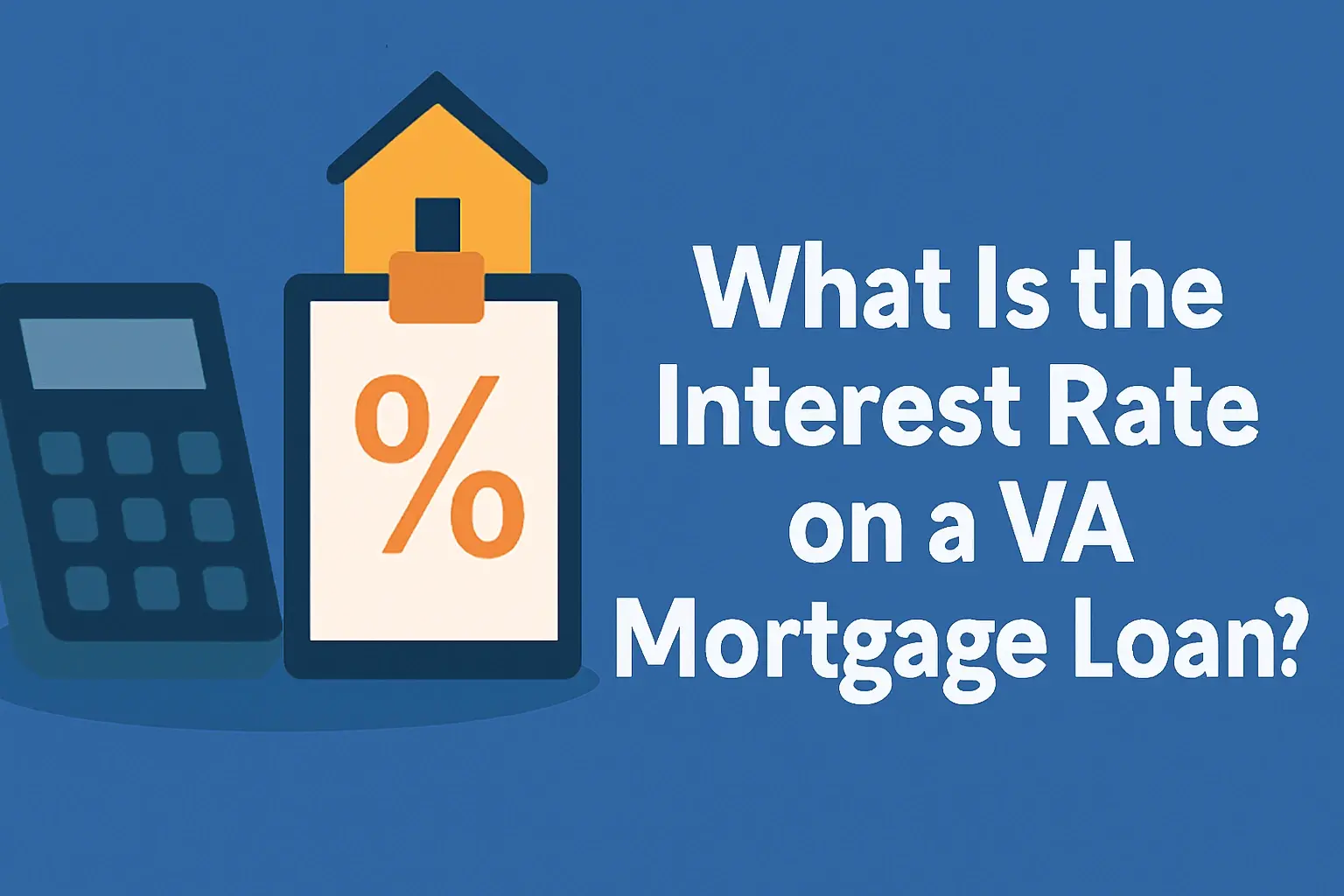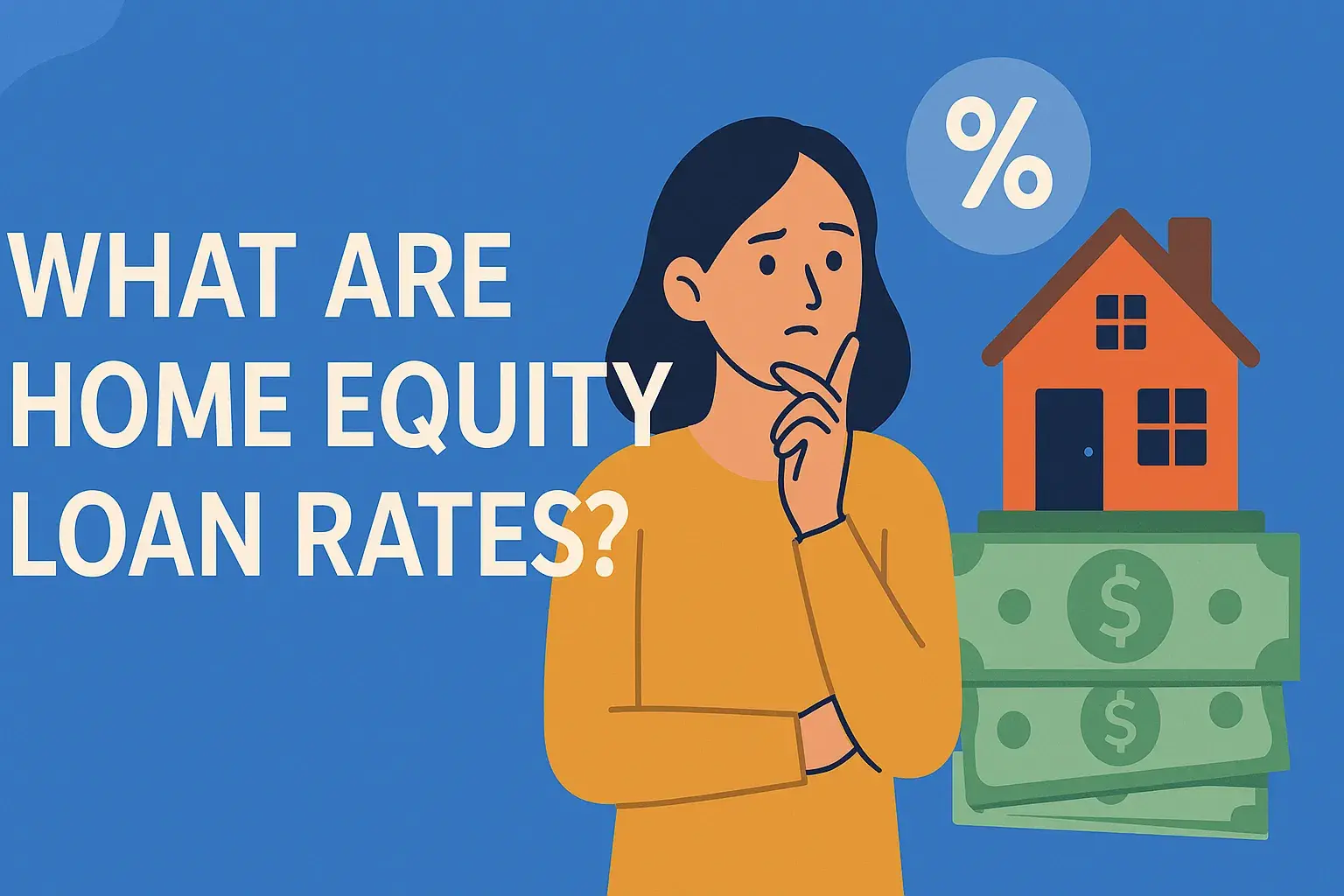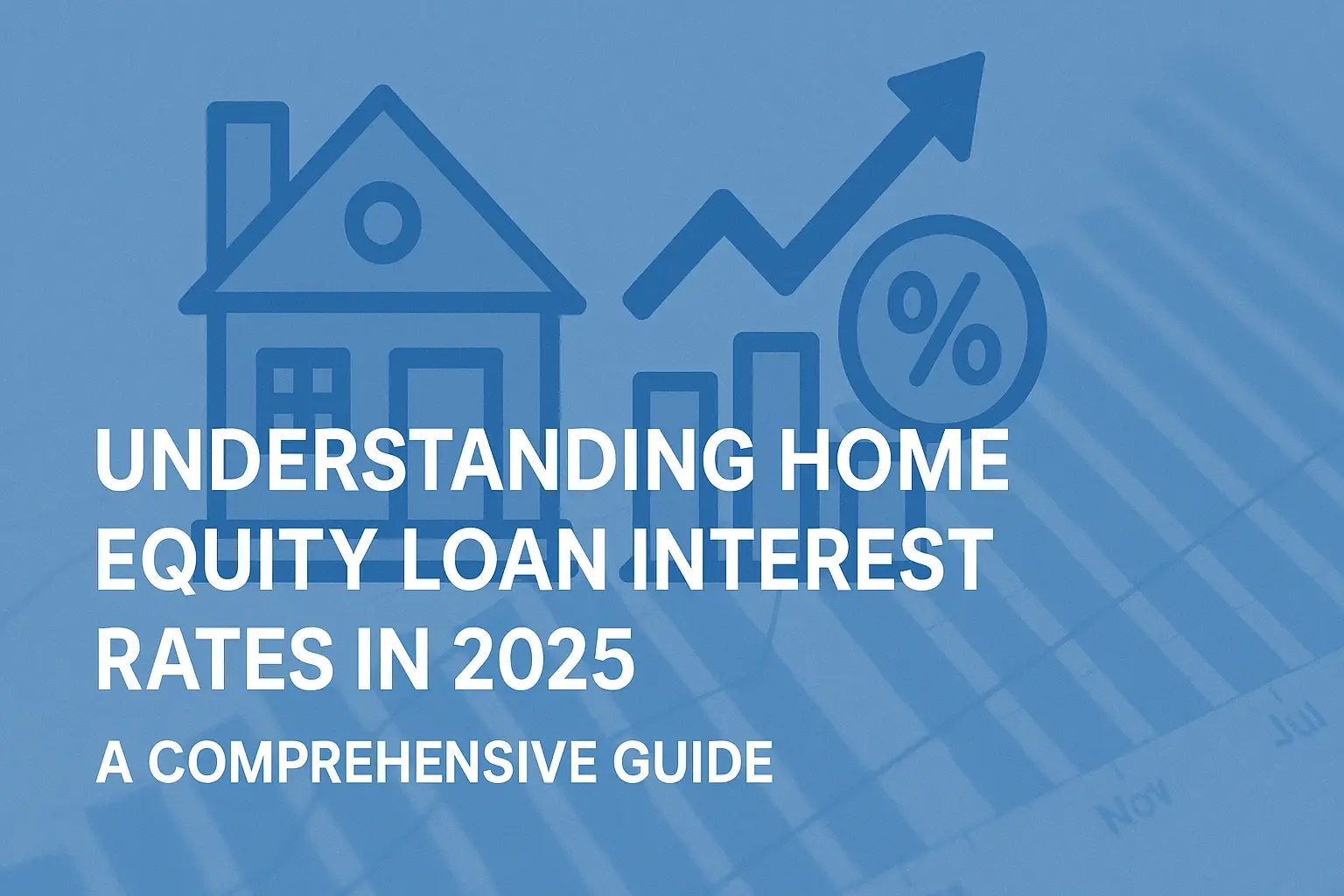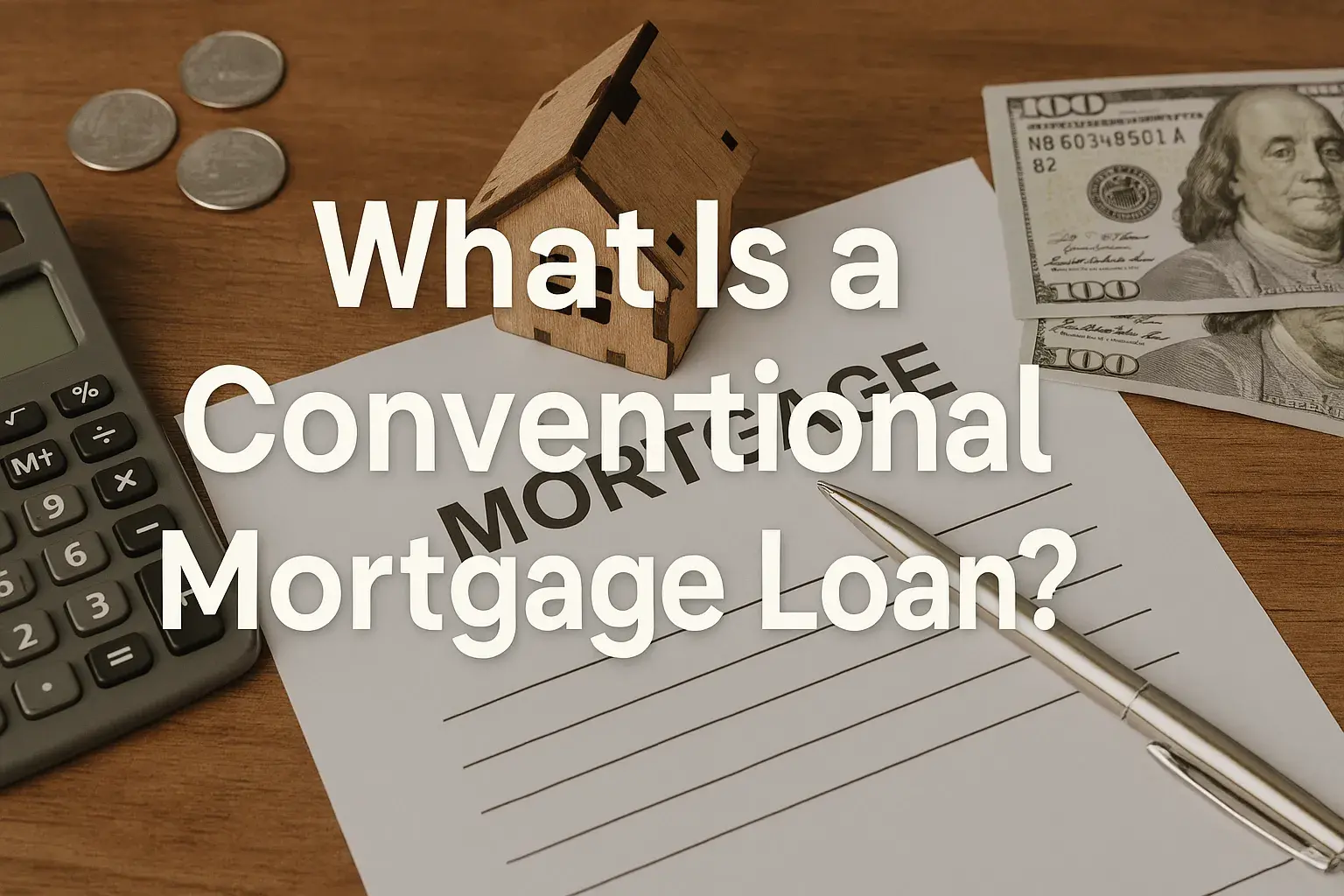-
Posted on: 26 Jul 2024

-
Buying a home is one of the biggest financial decisions you'll ever make. If you're aiming for a house priced around $500,000, understanding the down payment requirements is crucial. This comprehensive guide will walk you through everything you need to know about down payments for a $500k house, including the minimum amount, factors that influence it, different loan types, and strategies to save for your down payment.
Understanding the Down Payment Basics
A down payment is the initial sum of money you pay towards the purchase of a home, with the remaining amount financed through a mortgage loan. It represents your equity in the property right from the start. While traditionally, a 20% down payment was the norm, it's no longer a requirement for many homebuyers. However, putting down more than the minimum can offer significant advantages.
The Standard Down Payment Percentage
While there's no fixed rule, a common down payment range is between 3% and 20% of the purchase price. For a $500,000 house, this translates to:
- 3% Down Payment: $15,000
- 5% Down Payment: $25,000
- 10% Down Payment: $50,000
- 20% Down Payment: $100,000
Choosing the right down payment percentage depends on your financial situation, risk tolerance, and the type of mortgage you qualify for.
Factors Affecting Your Down Payment Amount
Several factors can influence the required or recommended down payment amount. Understanding these factors will help you make an informed decision.
1. Loan Type
The type of mortgage you choose significantly impacts the down payment requirements. Here's a breakdown of common loan types and their typical down payment percentages:
a. Conventional Loans
Conventional loans are not backed by a government agency and are typically offered by private lenders like banks and credit unions. They often require a higher down payment, but they offer some benefits:
- Down Payment Range: Typically 5% to 20%. Some lenders may offer conventional loans with as little as 3% down for qualified borrowers.
- Private Mortgage Insurance (PMI): If your down payment is less than 20%, you'll likely be required to pay PMI, an additional monthly expense that protects the lender if you default on the loan. PMI can usually be cancelled once you reach 20% equity in your home.
- Credit Score Requirements: Conventional loans generally require a good credit score (typically 620 or higher).
b. FHA Loans
FHA loans are insured by the Federal Housing Administration (FHA) and are designed to help first-time homebuyers and those with less-than-perfect credit. They offer more lenient requirements:
- Down Payment: As low as 3.5% with a credit score of 580 or higher. You might need a larger down payment with a credit score between 500 and 579.
- Mortgage Insurance Premium (MIP): FHA loans require both an upfront MIP (paid at closing) and an annual MIP (paid monthly). Unlike PMI, MIP is typically required for the life of the loan, although it may be possible to remove it after a certain period depending on your loan terms and equity.
- Credit Score Requirements: More lenient than conventional loans, but a credit score of at least 500 is generally required.
c. VA Loans
VA loans are guaranteed by the Department of Veterans Affairs (VA) and are available to eligible veterans, active-duty military personnel, and surviving spouses. They offer significant advantages:
- Down Payment: Typically no down payment is required. This is one of the most appealing benefits of VA loans.
- Funding Fee: VA loans have a funding fee, which is a percentage of the loan amount. The fee varies depending on your military status and whether it's your first time using a VA loan.
- Credit Score Requirements: Lenders typically require a credit score of at least 620, although this can vary.
d. USDA Loans
USDA loans are offered by the U.S. Department of Agriculture (USDA) to help people buy homes in rural and suburban areas. They have specific income and geographical restrictions.
- Down Payment: Typically no down payment is required for eligible properties and borrowers.
- Guarantee Fee: Similar to the VA funding fee, USDA loans have a guarantee fee.
- Income Limits: Borrowers must meet specific income requirements to qualify for a USDA loan.
2. Credit Score
Your credit score plays a crucial role in determining your mortgage interest rate and the types of loans you're eligible for. A higher credit score generally translates to lower interest rates and more favorable loan terms. It can also impact the required down payment. Borrowers with lower credit scores might be required to put down a larger down payment to offset the increased risk for the lender.
3. Debt-to-Income Ratio (DTI)
DTI is a measure of your monthly debt payments compared to your gross monthly income. Lenders use DTI to assess your ability to manage your monthly debt obligations. A lower DTI generally indicates a lower risk for the lender. A higher DTI may necessitate a larger down payment to reduce the loan amount and your monthly payments.
4. Location and Market Conditions
The location of the property and the current market conditions can also affect down payment requirements. In competitive housing markets, sellers might prefer offers with larger down payments, as they perceive them as more secure. Additionally, properties in certain areas might have higher minimum down payment requirements due to local regulations or lending practices.
5. Lender Requirements
Individual lenders have their own specific requirements and guidelines. Some lenders might require a larger down payment based on their risk assessment, even if you meet the minimum requirements for the loan type. It's essential to shop around and compare offers from multiple lenders to find the best terms for your situation.
Advantages and Disadvantages of a Larger Down Payment
Choosing the right down payment amount involves weighing the pros and cons of putting down more money upfront.
Advantages of a Larger Down Payment
- Lower Monthly Payments: A larger down payment reduces the loan amount, resulting in lower monthly mortgage payments.
- Lower Interest Rate: Lenders typically offer lower interest rates to borrowers with larger down payments, as it reduces their risk.
- Avoid PMI: Putting down 20% or more on a conventional loan allows you to avoid paying PMI, saving you money each month.
- More Equity: A larger down payment provides you with more equity in your home from the start.
- Stronger Offer: In a competitive market, a larger down payment can make your offer more appealing to sellers.
Disadvantages of a Larger Down Payment
- Depletes Savings: A larger down payment can significantly deplete your savings, leaving you with less cash on hand for emergencies or other investments.
- Lost Investment Opportunities: The money used for a larger down payment could potentially be invested elsewhere and generate a higher return.
- Opportunity Cost: You might delay homeownership while saving for a larger down payment, potentially missing out on rising home values.
Strategies to Save for a Down Payment
Saving for a down payment can be challenging, but with a well-planned strategy, it's achievable. Here are some effective tips:
1. Create a Budget
Start by creating a detailed budget to track your income and expenses. Identify areas where you can cut back on spending and allocate those savings towards your down payment fund. Consider using budgeting apps or spreadsheets to help you stay organized.
2. Set a Savings Goal
Determine the target down payment amount you need and set a realistic savings goal. Break down the goal into smaller, manageable milestones. For example, if you need to save $50,000 in two years, aim to save approximately $2,083 per month.
3. Automate Your Savings
Set up automatic transfers from your checking account to a dedicated savings account each month. This ensures that you consistently contribute to your down payment fund without having to manually transfer funds.
4. Reduce Debt
Paying down high-interest debt, such as credit card debt, frees up more cash each month that can be allocated towards your down payment. Consider using debt snowball or debt avalanche methods to accelerate your debt repayment.
5. Explore Down Payment Assistance Programs
Many states and local organizations offer down payment assistance programs to help first-time homebuyers and low-to-moderate income individuals. These programs can provide grants or low-interest loans to help cover down payment and closing costs.
6. Consider a Side Hustle
Explore opportunities to earn extra income through a side hustle, such as freelancing, driving for a ride-sharing service, or selling items online. Dedicate the earnings from your side hustle entirely to your down payment fund.
7. Utilize Tax-Advantaged Accounts
If you're eligible, consider using tax-advantaged accounts, such as a Roth IRA, for down payment savings. While primarily designed for retirement, Roth IRAs allow you to withdraw contributions (but not earnings) tax-free for qualified home purchases.
8. Delay Major Purchases
Postpone any major purchases, such as a new car or expensive vacations, until after you've purchased your home. This will free up more cash that can be used for your down payment.
9. Cut Unnecessary Expenses
Review your monthly expenses and identify any unnecessary items or subscriptions that you can eliminate. Small savings can add up over time.
Closing Costs
Don't forget to factor in closing costs when planning your home purchase. Closing costs are fees associated with the mortgage and the property transaction, and they can typically range from 2% to 5% of the loan amount. These costs include appraisal fees, title insurance, loan origination fees, and recording fees. Be sure to discuss closing costs with your lender early in the process to get an accurate estimate.
Affordability Considerations
While it's exciting to think about owning a $500,000 house, it's crucial to assess your affordability. Consider not only the down payment and mortgage payments but also property taxes, homeowners insurance, maintenance costs, and potential HOA fees. Use online mortgage calculators and consult with a financial advisor to determine if a $500,000 house fits comfortably within your budget.
Conclusion
Determining the appropriate down payment for a $500,000 house requires careful consideration of your financial situation, loan options, and personal preferences. While a smaller down payment can make homeownership more accessible, a larger down payment can offer significant long-term financial benefits. By understanding the factors that influence down payment requirements and implementing effective saving strategies, you can confidently navigate the home-buying process and achieve your dream of owning a home.









